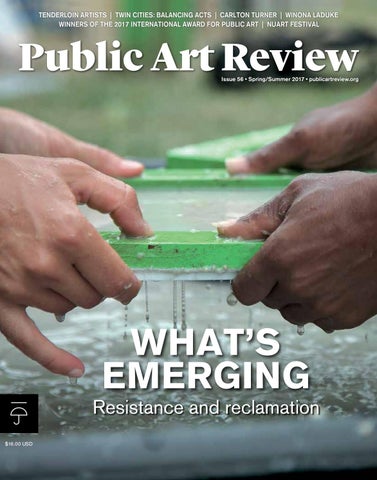
During her early years of acting in independent theater and film, Luiz Guzmán took a job as a youth counselor in New York. The world-weary, red-faced voice actor seems to have tapped into these memories for the play Story Avenue. In Aristotle Torres' impressive feature debut (co-written with Bonsu Thompson), the actor brings great warmth to his role as an MTA driver trapped by his insecure and tormented but angry manager.
Asante Black – "This Is Us" and "When They See Us" – Kadir is a high school student and aspiring artist whose younger brother has just died. The reception after the funeral makes it clear that he and his mother (including her lover) are not comforting each other in this sad moment. He is haunted by vivid nightmares that curse Kadir for not doing anything to save his brother, who has cerebral palsy. His notebook is full of sketches of his beloved younger sister.
By capturing both Kadir's reflection in the bathroom mirror and then seeing him reenter the reception desk (contrasted with Spike Lee's trademark two-handed shot), the film suggests Kadir's dual nature and isolation. He is injured. He is, he is not. Like the cinematography, the mix of sounds throughout the film is evident: whispered conversations, squealing subway brakes and screeching rails, well-modulated music and the sound of smashing paint cans make for art and vandalism. .
Kadir is disillusioned with his home and wants to join a group of street artists known as Outside the Lines (or "OTL"), led by his best friend's older brother Mo, who goes on schemes. Described by Melvin Gregg as a mix of bombshells and street attractions, the scheme honestly lives up to its name.
Alex Hibbert ("The Chi" and "Moonlight") stars as Moe. Torres's deeply personal film is not a bleak advertisement for the drama of poverty. Moe and Kadi are two black boys trying to find a place together in their world. They stand behind each other. They have expertise and even support. Kadir is encouraged by at least one enthusiastic teacher. His mother (Cassandra Freeman) may be there to see him, but she is too consumed by her grief and anger over the death of her young son to be there for Kadir.
The Skeme crew seems pretty good at first. Bathed in thick fog, neon lights and darkness, the gang's base feels more like a club than a hideout, and the crew feels more like an avant-garde artist collective than a criminal enterprise. "Story Avenue" presents a plot about different ways to mentor a young man in Kadir's position. By offering a kind of familial love in return for loyalty, schemes attempt to shape and exploit the adolescent's desire to be known, to be seen. He is an expert in identifying weaknesses and exploiting them. Their reasons may be complex, but their motives are selfish.
Torres deftly walks the line between establishing Schem's charisma and critiquing it. Later in the film, another artist Kadir meets provides the backdrop at an art gallery, but before long, Skims challenges Kadir to demonstrate his skills with a pistol.
At the end of his shift, he runs into a subway driver named Luis Torres and heads to his favorite spot for a Cubano and a beer. He has a big belly and walks with a little front leg and other fatigue. Torres does not soften the meeting of these two souls on a train platform in the Bronx. Qadir is scared and more dangerous because of his adrenaline. That weapon might explode in his angry hands.
Luis talks to him, or at least negotiates: he will pay Kadir, but in return the boy must agree to eat with him. From Luis's chat with photography student waitress Gloria (Coral Pena), it becomes clear that he is going to the restaurant they go to. Not only is Lewis patient with Kadir, but the director is equally careful in uncovering the past of this subway savior. Louis' perseverance reflects. He also has demons created from pain. Nevertheless, Guzman is easy to love for his compassion and humility.
The gang's opening night turns violent and Kadir takes it out on Louie. At the same time, teachers stepped in and offered other opportunities to the painting fraternity, including art schools. Kadir obeys (he pays an emotional visit to the Spanish society, where he meets the artist Joaquín Sorolla y Bastida), but is also stern about the teenagers' "human pain" to those who offer their help. His resistance extends to Gloria, as well as Luis, who becomes more human as "Avenue of Stories" unfolds. There will be reckoning and regret for Kadir, but at the same time he will be reborn in a very difficult year and the kindness of a stranger can be appreciated. With a name like Aristotle, it's only fitting that Torres ends Kadir's story with a catharsis.
